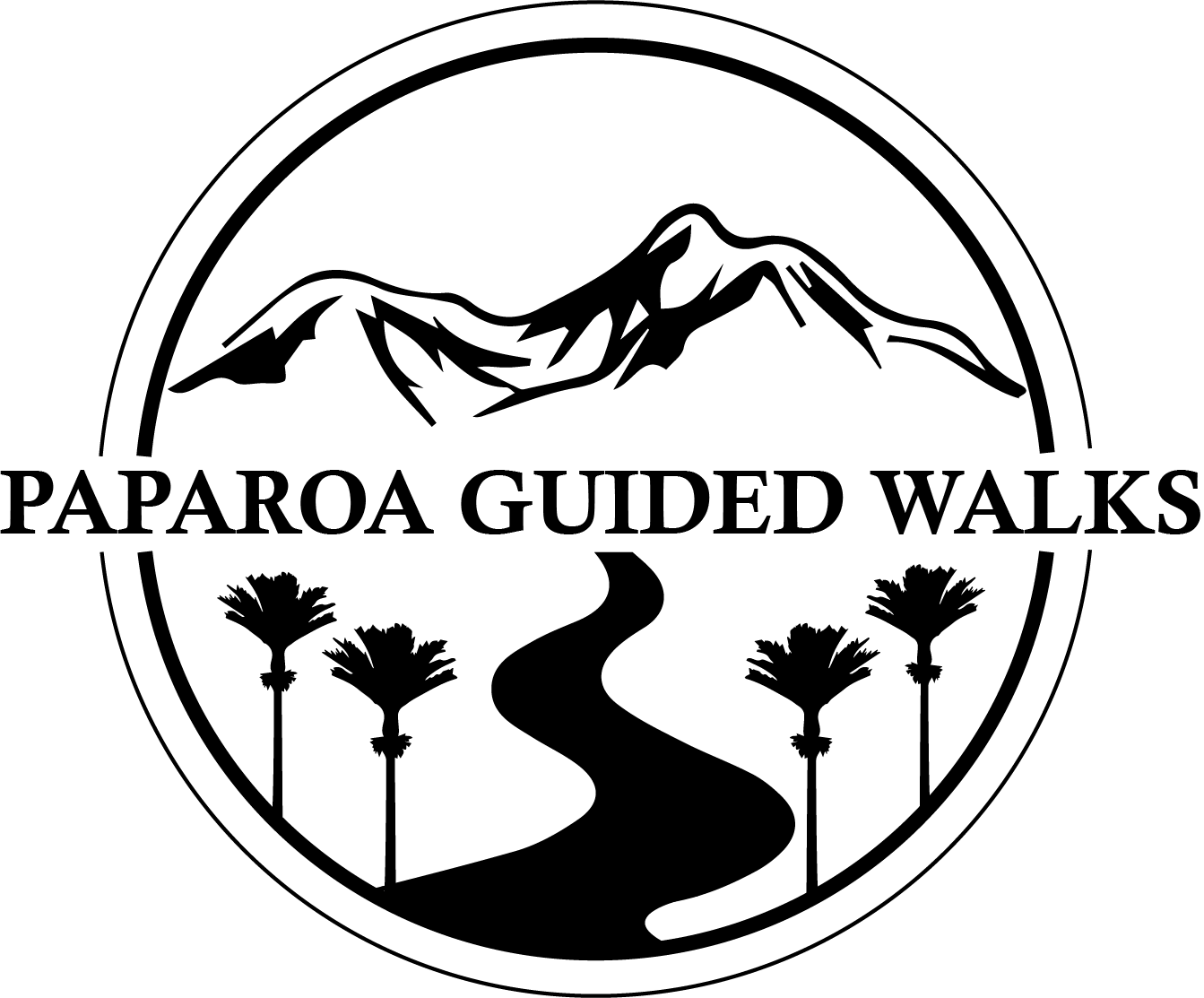
3 or 4 Day | Angelus Alpine Experience
Nestled on the edge of a crystal-clear alpine lake and surrounded by the majestic peaks of Angelus and its neighboring summits, this hike promises breathtaking vistas and serene landscapes.
from $1799PP
Our all-inclusive trip includes
Transport to & from Nelson
2 or 3 nights’ accommodation in remote backcountry huts.
All meals throughout the duration of the trip, made from fresh ingredients and carried by your guide.
Complimentary use of lightweight down sleeping bag, 40L backpack, and carbon fiber hiking poles.
The company of a local, knowledgeable and qualified guide.
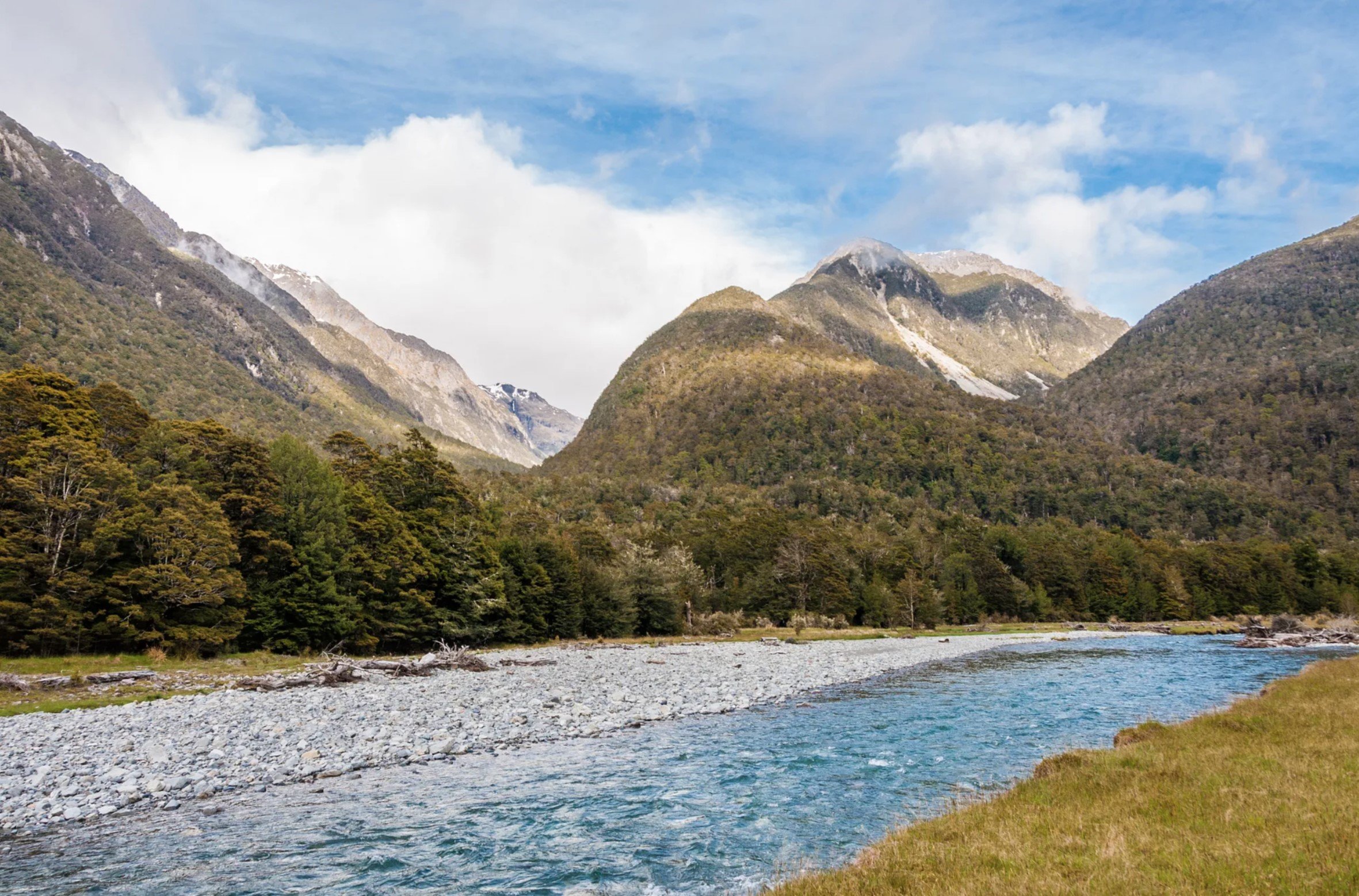

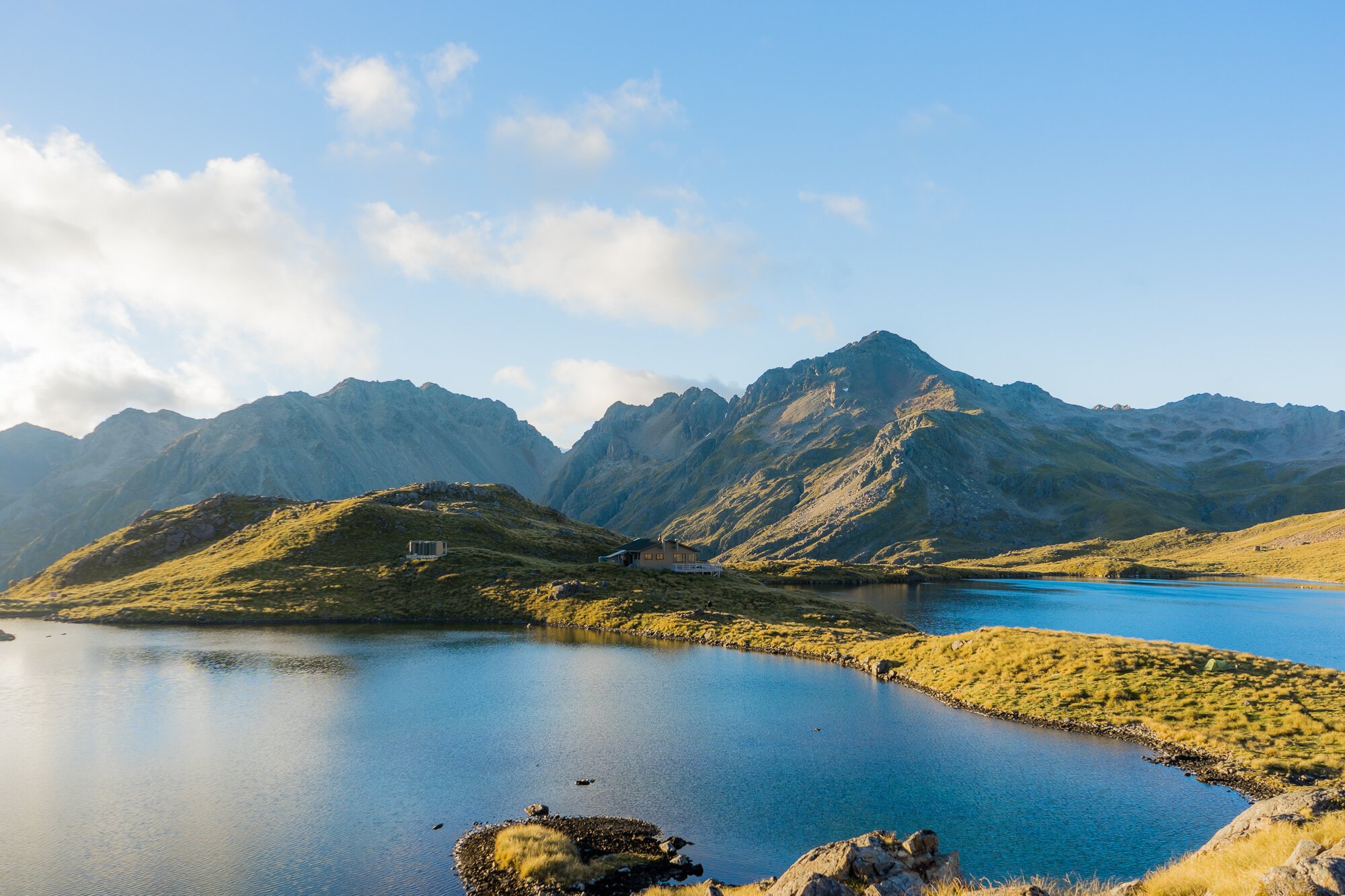

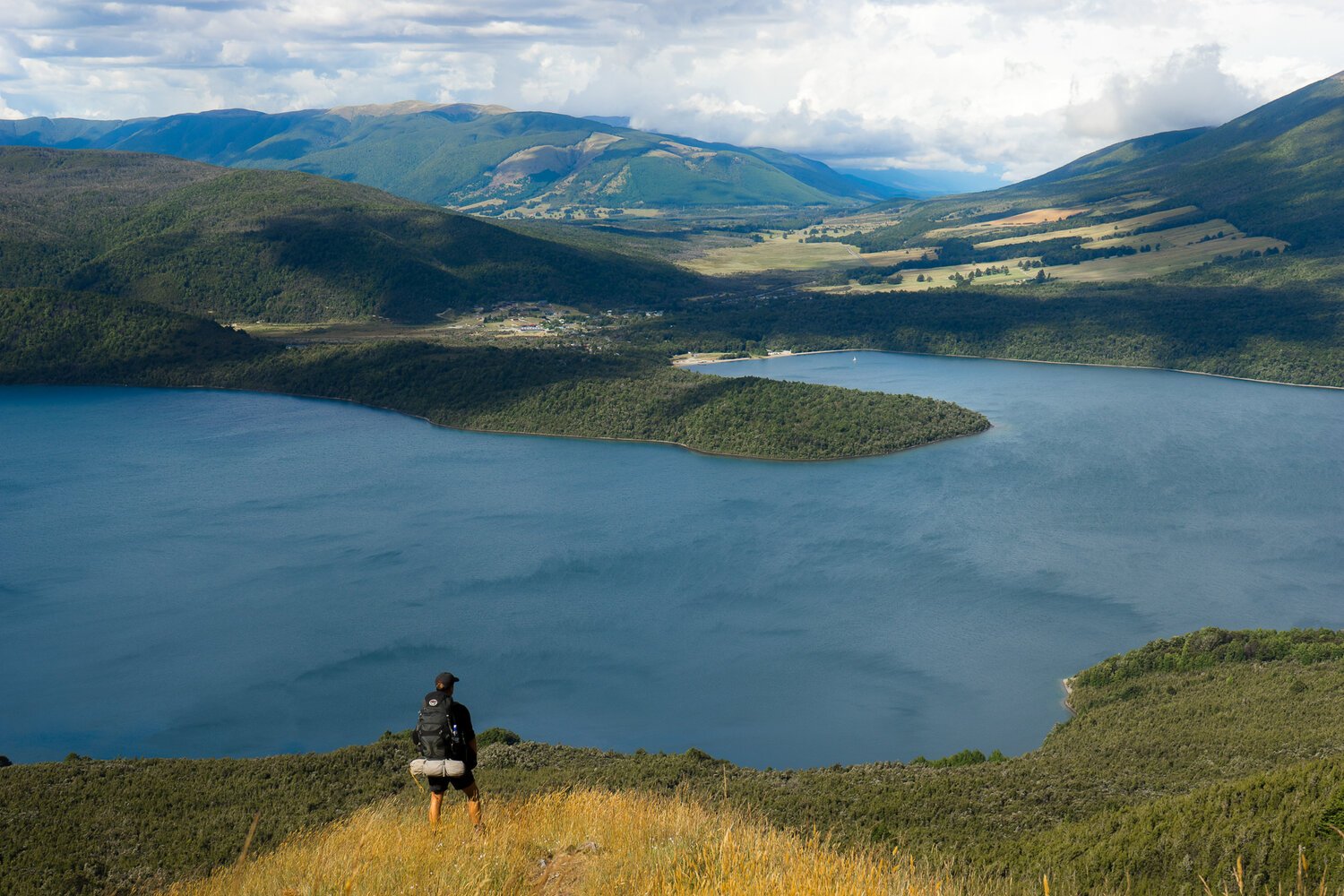

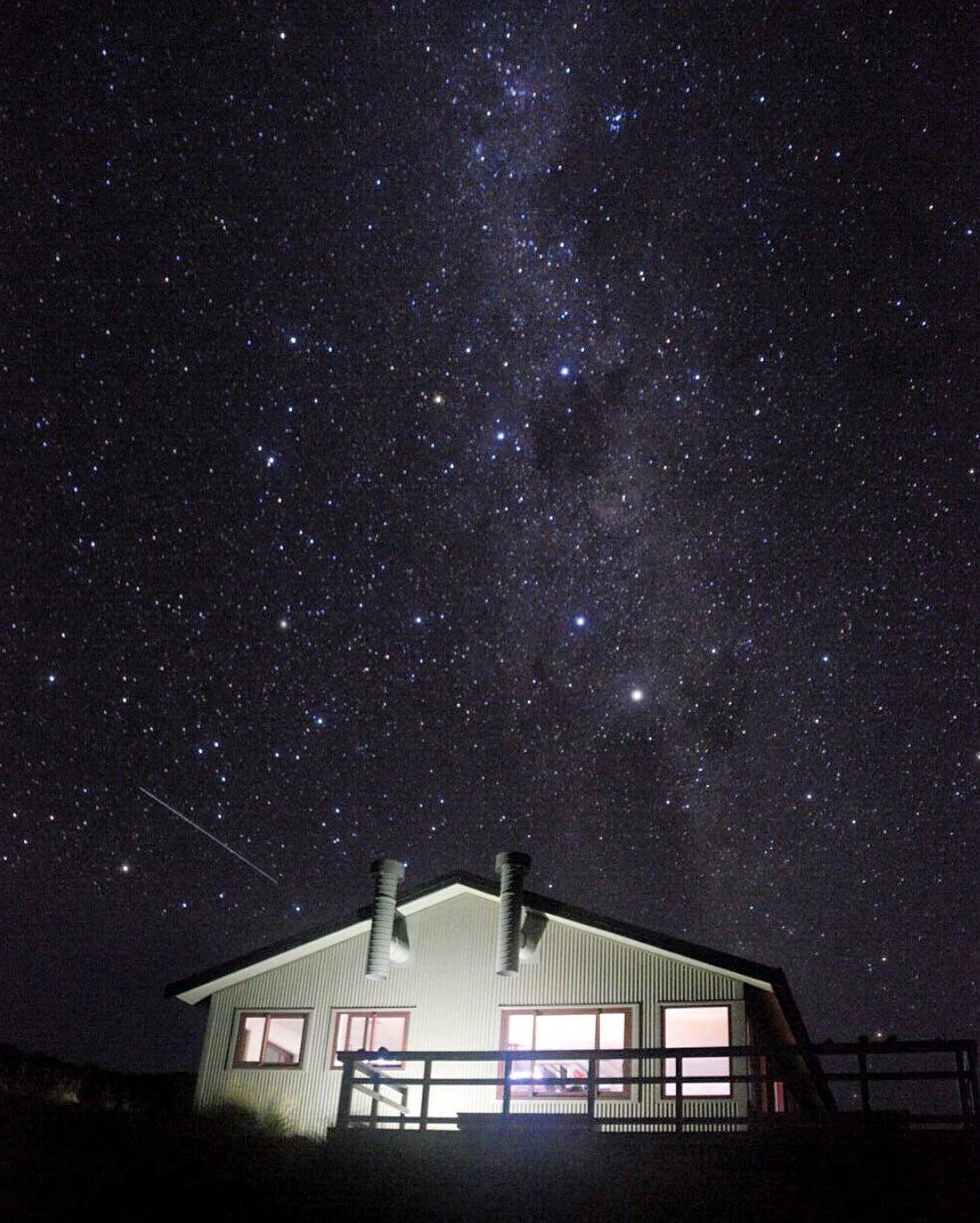
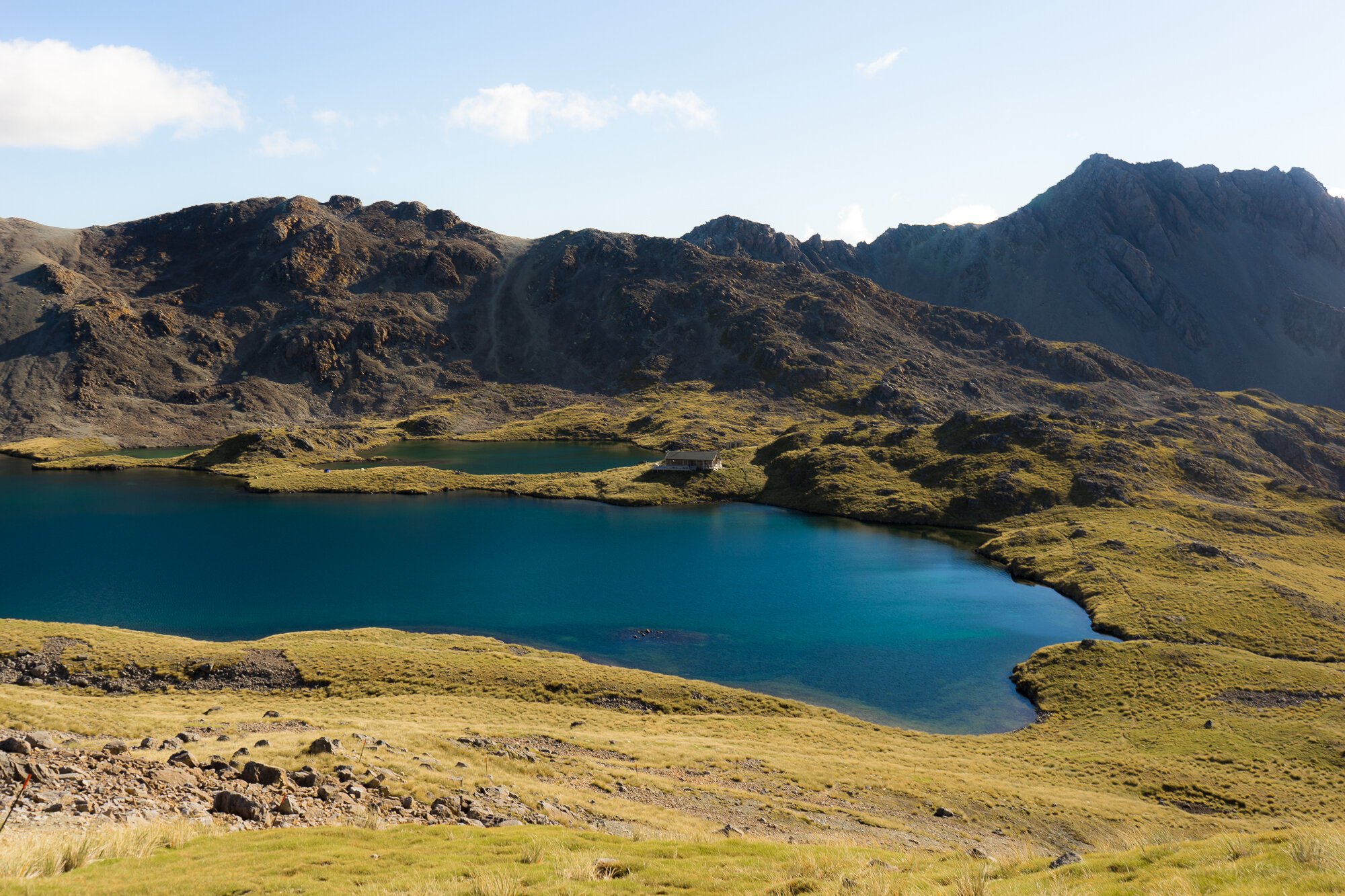

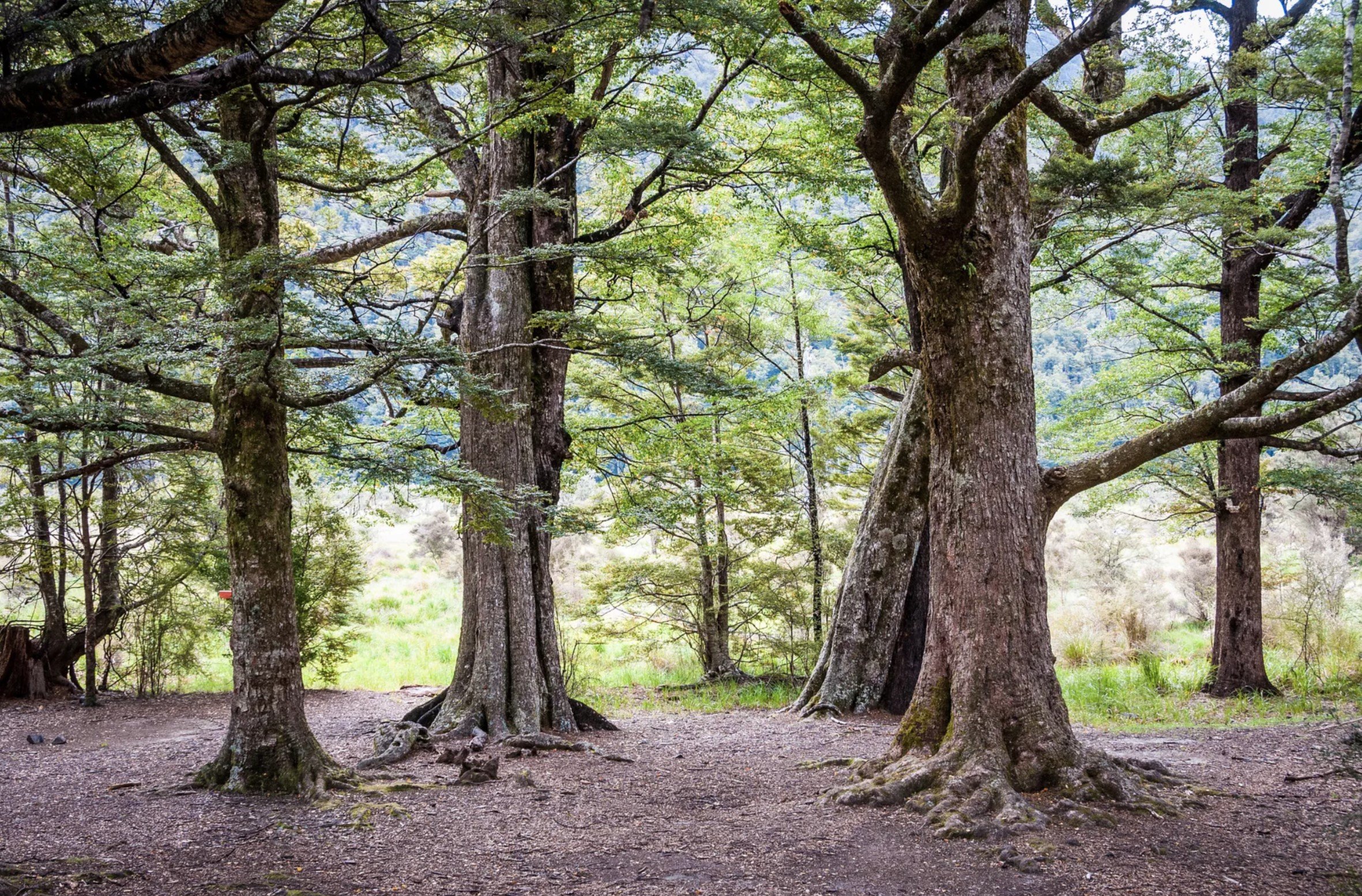

Day 1 - Nelson to Angelus Hut
Level of difficulty - Challenging
12.2km, (7.5 miles), 6-8hr
You’ll begin this Angelus Alpine Experience by meeting your guide at the Tides Hotel, Nelson, at 8:00AM. This pre departure briefing will outline the itinerary for the following days, issue any rental gear and to meet your guide. From Nelson there is a 1h drive south to the trailhead in St Arnaud.
The track from Robert Ridge carpark to Angelus Hut is a challenging but rewarding 12km alpine hike, beginning with the Pinchgut Track. This is a steep zigzag path climbing the northern face of Mt Robert offering stunning views of Lake Rotoiti below. After reaching Relax Shelter, the gradient eases as you begin the Robert Ridge Route. The route follows a broad ridge to Julius Summit (1794 m) before moving into sharp and rocky sections with care needing to be taken. The final approach continues past the junction with the Speargrass Creek Route and follows the poles down to Angelus Hut.
This hike is known for its challenging nature and breathtaking alpine scenery, making it one of the most scenic hikes in the South Island.
Day 2 - Angelus Peak Summit
Level of difficulty - Moderate
4.8km (2.9 miles), 3-4hr
After waking up in the mountains watching the sunrise with a coffee in hand, the group will head off from the hut with lighter packs and begin the hike to the summit of Maniniaro/Angelus Peak. Once passing Lake Angelus and then Hinapouri Tarn, you’ll head up to Sunset Saddle then on to the summit of Angelus Peak. Angelus Peak is a commanding peak at 2,075m (6807ft) with magnificent views over the surround Nelson Lakes National Park. The final push to the summit is steep and requires you to use your hands to help you up, but your guides will be right there behind you.
Day 3 - Angelus Hut to Nelson or Lakehead Hut
Level of difficulty - Difficult
20.2km (12.5 miles), 6-8hr
The final day begins with a steep descent which follows the Hukere Stream through a narrow valley passing through beautiful alpine flowers and alongside the rushing mountain stream.
The track meanders through beech forest as you descend down to the Travers Valley. Upon reaching the more open Travers Valley, the track becomes easier with a number of inviting swimming holes along this stretch if time permits. After stopping for lunch at Lakehead Hut, or the night for the 4-Day itinerary, you’ll follow the eastern shore of Lake Rotoiti which offers beautiful views of the surrounding mountains before arriving back at Mt Robert Carpark. From here we transfer back to Nelson, in time for connecting flights, or an opportunity to explore Nelson further.
*4 Day itinerary stays at Lakehead Hut, making for a more relaxed final two days (+$200)

Accommodation
Angelus Alpine Experience accommodation will be in the form of public Department of Conservation (DOC) huts, which offer a unique and approachable way to explore the backcountry.
Angelus Hut (28 bunk)
Nestled in the serene landscapes of the mountains, Angelus Hut offers a tranquil retreat for nature enthusiasts and adventurers alike. Perched at an elevation of 1,800 meters, this charming alpine hut provides breathtaking panoramic views of the surrounding peaks and valleys. The hut, built with rustic wooden charm, serves as a cozy place to call home for the 2 nights’. Inside, guests are greeted with a warm, inviting atmosphere, complete with comfortable sleeping arrangements and a communal space for sharing stories and meals.
Lakehead Hut (24 bunk)
Lakehead Hut is a charming lakeside hut situated near the shores of Lake Rotoiti, nestled in a tranquil Travers valley surrounded by majestic peaks.
This cozy hut offers a perfect blend of rustic comfort and natural beauty, making it a sought-after destination for hikers and nature lovers. With its inviting wooden interior, Lakehead Hut provides a warm and relaxing atmosphere after a day of exploring the nearby trails. The hut's location offers stunning lake views and easy access to various outdoor activities, from leisurely walks around the lake to more challenging mountain hikes.

Geography
A series of complex geological process have occurred to create stunning alpine lakes and towering mountains forming some of New Zealand’s most captivating landscapes.
Nelson Lakes National Park
Nelson Lakes National Park, situated in New Zealand's South Island, is a geological and geographical marvel, characterized by its dramatic landscapes and diverse terrain. The park is renowned for its stunning alpine scenery, which is shaped by complex geological processes over millions of years. At its core are the Southern Alps, a formidable mountain range formed by tectonic activity that has pushed the Earth's crust upwards, creating rugged peaks and deep valleys.
Central to the park's allure are its pristine lakes, including Lake Rotoiti and Lake Rotoroa, which were carved by ancient glaciers during the last Ice Age. These glacial lakes are set in picturesque valleys, their deep blue waters contrasting strikingly with the surrounding peaks. The lakes' clarity is a testament to the region's relatively low levels of sediment and pollution.
The park’s diverse geology also includes a variety of rock types, from schist and granite to volcanic formations, each contributing to the area’s distinctive landscapes. The flanks of the mountains are adorned with lush beech forests that thrive in the park's temperate climate, while the higher altitudes reveal alpine tundra and rugged, barren ridges.
Unique geological features such as the craggy ridges of the Angelus Range and the dramatic escarpments along the Travers Valley offer a glimpse into the powerful natural forces that shaped the region. The combination of these geological wonders with the park’s varied climate and flora creates an environment of breathtaking beauty and ecological richness, making Nelson Lakes National Park a true gem of New Zealand's natural heritage.
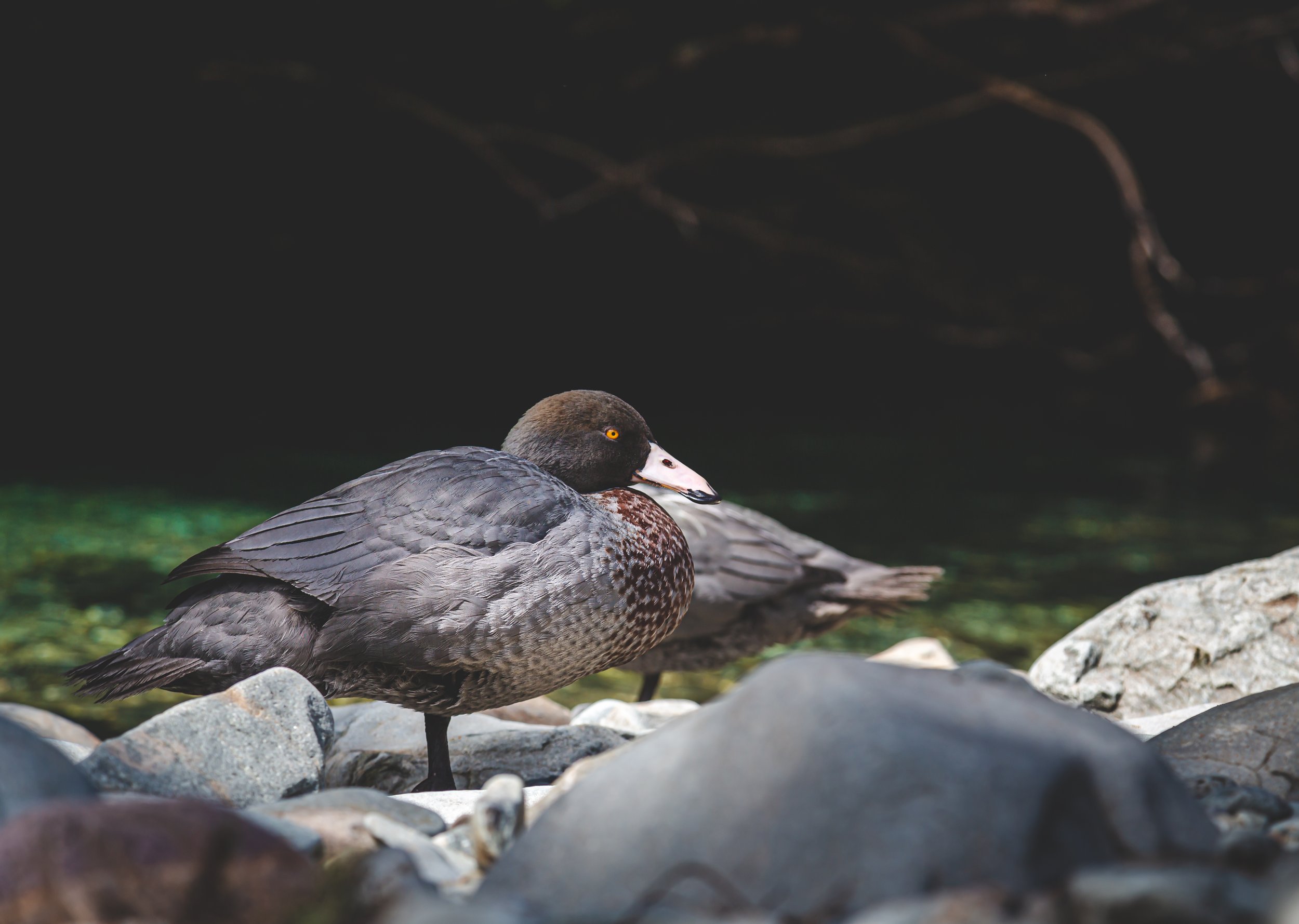
Flora & Fauna
A rich ecological tapestry of New Zealand, offering a glimpse into a world of rare and remarkable species in one of the country’s most stunning natural landscapes.
Diverse ecosystems
Nelson Lakes National Park is a vibrant array of unique flora and fauna, showcasing the rich biodiversity of New Zealand’s South Island. The park’s diverse ecosystems range from lush lowland forests to rugged alpine environments, each supporting a distinct array of species adapted to the region's varied conditions.
In the lower elevations, you’ll find expansive beech forests, predominantly dominated by South Island beech (Nothofagus species), including the red beech, mountain beech, and silver beech. These forests provide habitat for a range of native birds such as the bellbird (korimako), the South Island bush robin (toutouwai), and the rare rifleman (tītipounamu). The undergrowth is a tapestry of ferns, mosses, and lichens, creating a verdant, almost prehistoric landscape.
As you ascend to higher altitudes, the flora transforms into alpine zone where hardy species like the alpine buttercup, the native hebes, and the delicate alpine gentians thrive amidst the rocky terrain. The flora at these elevations is adapted to harsh conditions, with many plants exhibiting compact growth forms to withstand strong winds and freezing temperatures.
The park is also home to a rich array of fauna adapted to its varied environments. In addition to the aforementioned bird species, the park supports populations of the endangered South Island kākā, a large parrot that has made a notable recovery in this region. The elusive mountain black butterfly, a species found only in high-altitude areas, flits among the alpine meadows, while the New Zealand falcon (kārearea) soars above the forested valleys.
Nelson Lakes National Park also provides critical habitat for several species of fish, including the native galaxiids, or whitebait, which migrate from the lakes to the sea. Insects like the large bush wētā are also a notable feature of the park's fauna.
Overall, the unique flora and fauna of Nelson Lakes National Park reflect the rich ecological tapestry of New Zealand, offering a glimpse into a world of rare and remarkable species in one of the country’s most stunning natural landscapes.

History
The the land is imbued with spiritual significance with dramatic landscapes, its rugged mountains and serene lakes, both holding deep cultural meaning.
Māori
Nelson Lakes National Park, located in the South Island of New Zealand, is not only a haven of natural beauty but also a site of rich historical significance, particularly regarding Māori inhabitation. For centuries before European settlement, the region was an integral part of the ancestral lands of the Māori iwi (tribes), particularly the Ngāti Apa, Ngāti Rarua, and Ngāti Toa.
The pristine lakes, including Lake Rotoiti and Lake Rotoroa, were vital resources, providing food through fishing and the collection of waterfowl. These lakes were also crucial for transportation and trade, serving as pathways connecting different tribal regions. The surrounding forests offered an abundance of resources for building, crafting, and sustaining the community.
In Māori tradition, the land is imbued with spiritual significance. The dramatic landscapes of Nelson Lakes, with its rugged mountains and serene lakes, hold deep cultural meaning. Māori legends often recount stories of the creation of these natural features, attributing their formation to the actions of deities or ancestral figures. These narratives reflect the profound connection between the Māori people and the land, viewing it not merely as a resource but as a living entity imbued with mana (spiritual power).
The introduction of European settlers in the 19th century brought significant changes to the region. Māori faced displacement and their traditional way of life was altered by land sales and colonization pressures. However, the cultural legacy of Māori inhabitation remains a vital part of the area's history. Today, the park's landscapes are preserved not only for their natural beauty but also as a tribute to the ancestral heritage of Māori.
Efforts to honor and incorporate Māori perspectives and values are evident in the park's management and conservation practices. The partnership between Māori and the Department of Conservation ensures that the cultural and historical significance of the land is respected and integrated into the ongoing stewardship of Nelson Lakes National Park.
European
European interest in the region began in the mid-19th century. In the 1850s, explorers and surveyors started mapping the area, drawn by its stunning landscapes and potential for settlement. However, the rugged terrain and remote location meant that significant European development was slow to come.
Early settlers established some farms in the Travers Valley, and over time, the valley became known for its pastoral agriculture, contributing to the broader agricultural economy of the area. Today, while some farming continues outside of the National Park, tourism and outdoor recreation have become primary contributers of the local economy.
